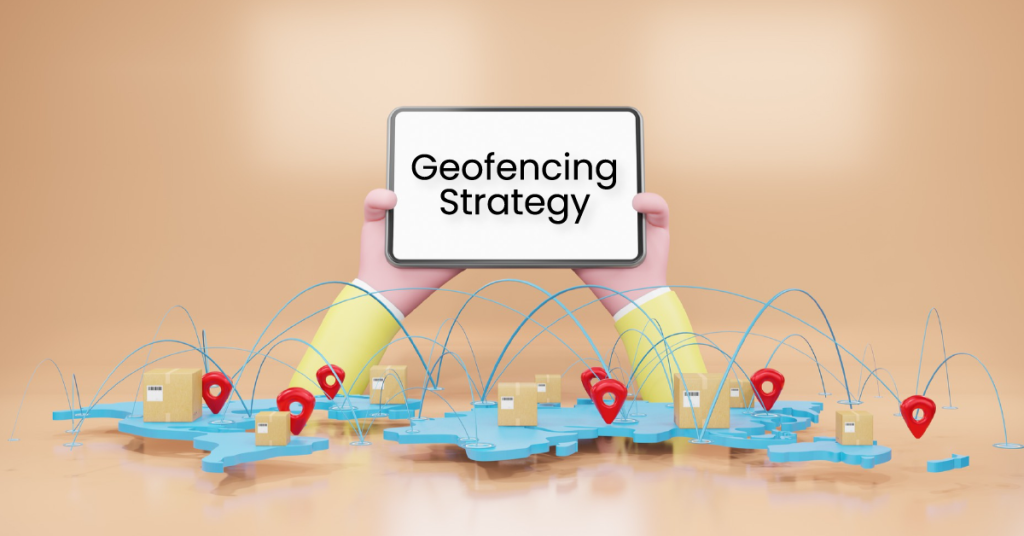
In today’s highly competitive marketplace, businesses are constantly searching for innovative ways to connect with customers. While broad digital campaigns can drive brand awareness, the real magic often lies in reaching customers at the right place, at the right time. That’s where geofencing comes into play—a technology that enables hyper-localized engagement by targeting users within a specific geographic boundary.
What is Geofencing?
Geofencing is a location-based marketing technology that creates a virtual boundary—or “fence”—around a physical location using GPS, Wi-Fi, or RFID. When a user enters or exits this boundary, businesses can trigger automated actions such as push notifications, SMS messages, or targeted ads.
Think of it as setting up an invisible perimeter around your store, competitor’s outlet, or event venue and engaging customers as they move through that space.
Why Geofencing Matters in Sales Strategies –
- Hyper-Targeted Outreach – Instead of reaching everyone everywhere, geofencing ensures your campaigns focus on people within a relevant area, increasing the likelihood of conversion.
- Real-Time Engagement – By delivering offers or reminders in real time, businesses can influence purchase decisions at the exact moment they matter most.
- Competitor Advantage – Companies can set geofences around competitor locations to attract customers with better deals or personalized offers.
- Data-Driven Insights – Geofencing campaigns generate valuable analytics on customer behavior, foot traffic, and engagement, helping refine future strategies.
Practical Applications of Geofencing –
Geofencing is being used across various industries to boost customer engagement and sales. Retailers employ it to attract walk-in customers with timely discounts. Restaurants and cafés use it to inform potential diners about ongoing deals or happy hour specials. Event organizers leverage it to share real-time updates and promotions with attendees inside a venue. In real estate, agents can target potential buyers by sending property alerts when they are exploring specific neighborhoods. Similarly, automotive dealerships can place geofences around competitor lots to lure customers with attractive financing options or trade-in offers. These diverse use cases highlight how adaptable geofencing is for different business models.
Best Practices for Effective Geofencing –
For geofencing campaigns to be successful, businesses need to follow certain best practices. First, boundaries should be kept small and precise to ensure the engagement feels personal and relevant. Second, messages must be contextual and tailored to customer needs—generic promotions can dilute the impact. Transparency around location data usage is equally important to maintain trust and comply with privacy regulations. Finally, companies should continuously analyze campaign performance, experiment with different strategies, and integrate geofencing with other digital marketing efforts such as social media, email, and in-app campaigns for a unified experience.
The Future of Geofencing in Sales –
With mobile usage growing rapidly, the role of geofencing in hyper-localized strategies will only expand. Emerging technologies like artificial intelligence and machine learning are making geofencing smarter, enabling predictive targeting and advanced personalization. This evolution means businesses will soon be able to anticipate customer needs and deliver offers even before the customer realizes them. Companies that adopt these innovations early will not only drive higher conversions but also create stronger customer loyalty.
Conclusion –
Geofencing is transforming how businesses approach hyper-localized sales by combining real-time engagement with location intelligence. By reaching customers at the right place and time with personalized offers, companies can significantly boost sales, enhance customer experiences, and stay ahead of the competition. In an era where relevance is more important than reach, geofencing stands as a powerful strategy for businesses looking to strengthen their local impact and future-proof their marketing efforts.

